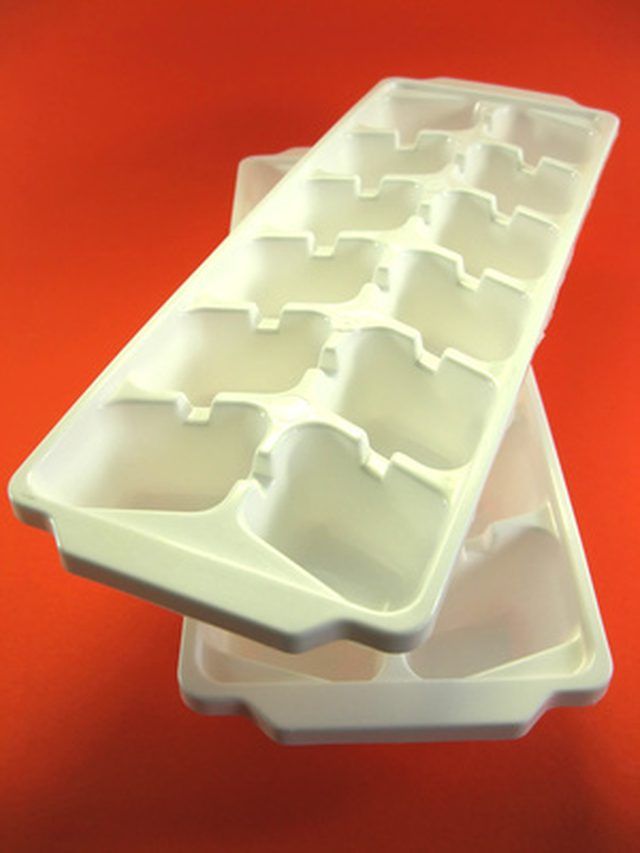Bulbs
Flower Basics
Flower Beds & Specialty Gardens
Flower Garden
Garden Furniture
Garden Gnomes
Garden Seeds
Garden Sheds
Garden Statues
Garden Tools & Supplies
Gardening Basics
Green & Organic
Groundcovers & Vines
Growing Annuals
Growing Basil
Growing Beans
Growing Berries
Growing Blueberries
Growing Cactus
Growing Corn
Growing Cotton
Growing Edibles
Growing Flowers
Growing Garlic
Growing Grapes
Growing Grass
Growing Herbs
Growing Jasmine
Growing Mint
Growing Mushrooms
Orchids
Growing Peanuts
Growing Perennials
Growing Plants
Growing Rosemary
Growing Roses
Growing Strawberries
Growing Sunflowers
Growing Thyme
Growing Tomatoes
Growing Tulips
Growing Vegetables
Herb Basics
Herb Garden
Indoor Growing
Landscaping Basics
Landscaping Patios
Landscaping Plants
Landscaping Shrubs
Landscaping Trees
Landscaping Walks & Pathways
Lawn Basics
Lawn Maintenance
Lawn Mowers
Lawn Ornaments
Lawn Planting
Lawn Tools
Outdoor Growing
Overall Landscape Planning
Pests, Weeds & Problems
Plant Basics
Rock Garden
Rose Garden
Shrubs
Soil
Specialty Gardens
Trees
Vegetable Garden
Yard Maintenance
How to Freeze & Store Purslane
How to Freeze & Store Purslane. Purslane is a leafy green vegetable that grows all over the world. Although it is commonly considered to be a weed, it is popular in some Mediterranean--particularly Greek--cooking. It works nicely in salads when fresh, as a side dish when lightly sauteed and when tossed in soups. The National Institutes of Health...

Purslane is a leafy green vegetable that grows all over the world. Although it is commonly considered to be a weed, it is popular in some Mediterranean--particularly Greek--cooking. It works nicely in salads when fresh, as a side dish when lightly sauteed and when tossed in soups. The National Institutes of Health have found it contains higher levels of some nutrients than the green leafy powerhouse known as spinach. Unlike traditional "greens," which don't freeze well, purslane is similar enough to an herb that it can successfully be frozen in puree form.
Things You'll Need
Kitchen shears
Food processor
Ice cube tray
Measuring spoons
Small plastic bags
Small freezer-safe containers
Measuring cups
Pluck all the purslane leaves off the stems by grasping the top of a branch in one hand and sliding the thumb and forefinger of your other hand down the stem. This will rip most of the leaves off in one smooth motion.
Cut the stems into 2-inch pieces with kitchen shears. Discard the roots, as they are not edible.
Put the leaves and stem pieces in the bowl of a food processor. If you have a lot of leaves, do this in two batches to allow the food processor to do its job efficiently.
Process until the leaves and stems are chopped, as for a pesto. Result should be slightly chunky, not creamy like baby food. Drizzle in a little water if the leaves are sticking to the sides of the bowl. Purslane leaves have a lot of gooey, mucilaginous juice, which can make them a little sticky. This is why they are commonly used to thicken soups.
Measure 1 tsp. and 1 tbsp. portions of purslane puree and pack them into the segments of an ice cube tray. Freeze for later use.
Pop frozen puree cubes out of tray and quickly transfer to small plastic bags for storage in the freezer.
Pack purslane puree into a small freezer-safe containers for use in larger amounts. Depending on the recipes you intend to make, freeze the purslane puree in 1/4-, 1/2- or 1-cup portions.
Tips & Warnings
Specialty grocery stores and health food shops may stock fresh purslane, but you will not usually find it at most supermarkets. You can, however, plant purslane in your home garden.
Frozen purslane works well in soups, smoothies, pesto--any recipe that does not require whole leaves. Whole leaves do not freeze in a very aesthetically pleasing manner, so frozen purslane would not work in a fresh salad.
If you are picking wild purslane, make certain what you are picking is actually purslane. Another similar garden weed called leafy spurge grows under the same conditions as purslane. Unfortunately, leafy spurge is poisonous. If the stem of the plant you are harvesting bleeds a milky white sap, that is not purslane.